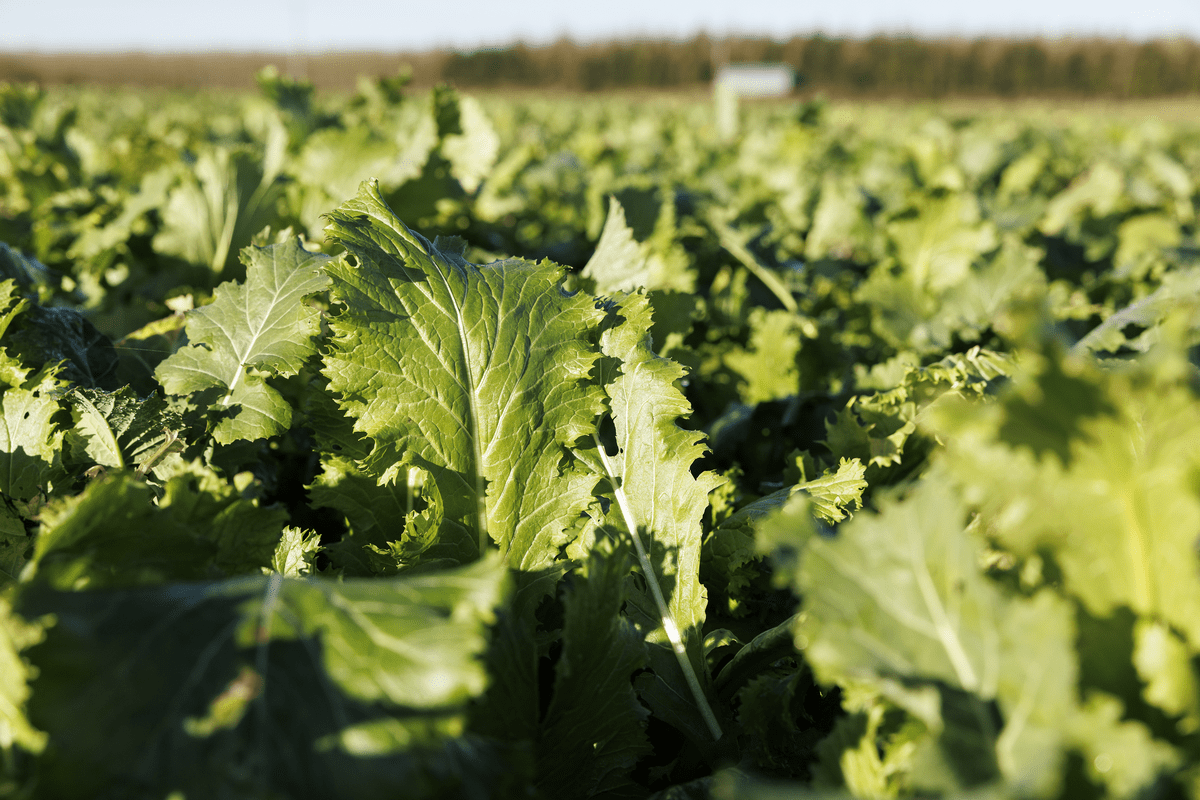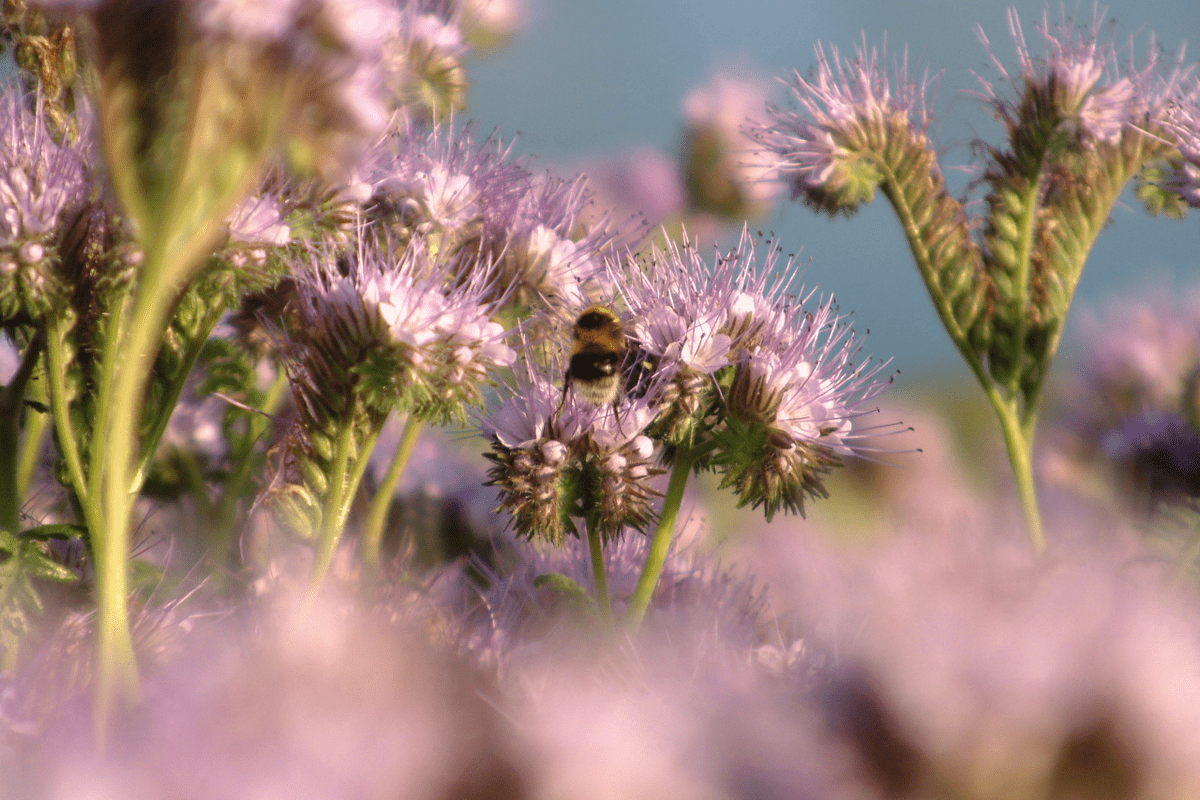The government’s new Agri-Climate Rural Environment Scheme (ACRES) requires catch crops to be in the ground by 15th September. So, now is the time to consider where catch crops fit in your winter cropping plan. Germinal grass and forage expert Niall Laffan outlines your catch crop options.
What are catch crops?
Catch crops are often defined as those which ‘catch’ or scavenge nutrients to reduce leaching from the soil after a main crop.
Meanwhile, those providing soil cover to prevent erosion and suppress weeds are more commonly called cover crops. And crops primarily intended for incorporation into soil to increase organic matter may be called green manure.
For the purposes of this article, catch crops is used for all of these.
Crops offering climate resilience
The primary aim of ACRES is to reduce nitrogen leaching and prevent soil erosion in autumn and winter. Catch crop mixtures are well-suited to the scheme’s requirements, containing a range of species with many benefits. Some crops offer resilience to changing climatic conditions by:
- Scavenging nitrogen and other nutrients
- Providing green cover to soil, thus preventing erosion
- Improving soil structure, organic matter and drainage
- Being incorporated into the soil to improve conditions and release nutrients
When considering catch crop mixtures under the ACRES scheme, it’s important to remember crops must remain in situ until 1st January 2024. After this, light grazing or incorporation is permitted.

Economic and production advantages
Catch crops can also drive future crop production by suppressing weeds, reducing the incidence of pests and disease. In some cases, these crops provide livestock forage, thereby offering economic and production advantages. Although we have had some rain recently, forage stocks are still low in many areas and catch crops can help fill that gap.
Which catch crops work best for your system?
Legumes, such as clovers and vetch, have excellent potential to fix nitrogen and reduce fertiliser requirements. They provide a good winter break crop for a crop rotation and are effective in terms of disease and pest risk.
Brassicas have good nutritional value, can deliver a kilo of dry matter very cheaply and some are ready to graze just two months after sowing. They can also reduce overall pest, disease and weed issues but can host sclerotinia and clubroot.

Due to their fast establishment, Phacelia-containing crops are good at preventing nitrogen leaching and offer effective weed suppression. Their root structure aids soil structure and the crop is often easier to incorporate than brassicas. Phacelia is very pollinator friendly.
Grasses and cereals as catch crops are fast growing and relatively cheap, but there is a risk of pest disease carryover and weed problems in the following crop. Some cereals and grasses may be less suitable for the reduced tillage criteria of the ACRES Scheme, but they are good potential sources of forage.
Germinal catch crop mixtures and straights
Germinal offers catch crops containing all the plant types outlined above as both mixtures – the Soil Booster range – and straights. You can discuss your options with a Germinal expert today.
Niall Laffan, Area Sales Manager, South/Southwest
T: 085 841 6477
Diarmuid Murphy, Area Sales Manager, Southeast/Midlands/West
T: 085 747 3865
Claire Bailey Archibald, Area Sales Manager, Northeast
T: 087 470 6908
